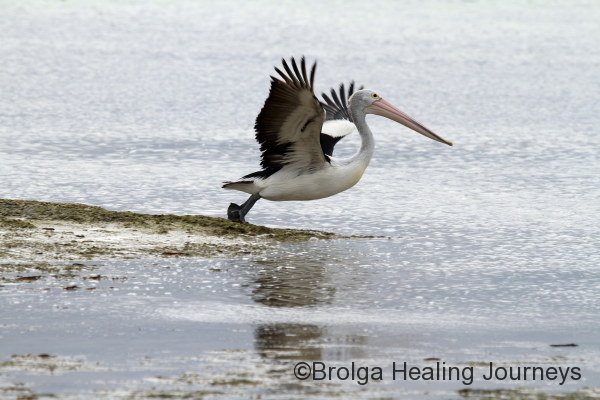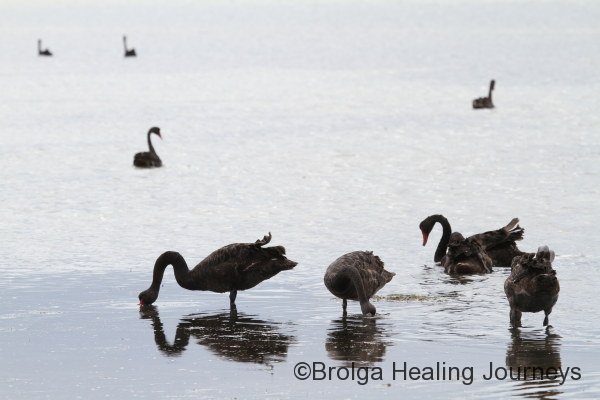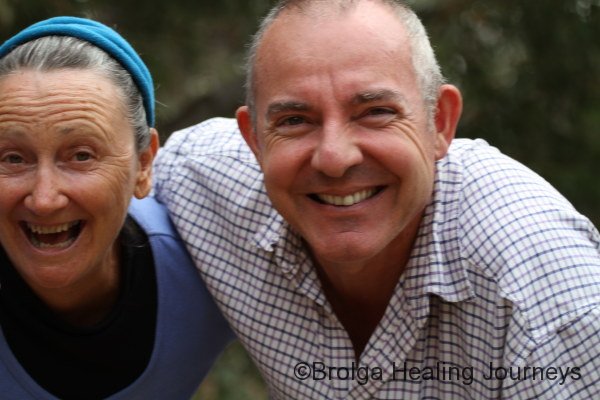Kangaroo Island revisited – February 2012
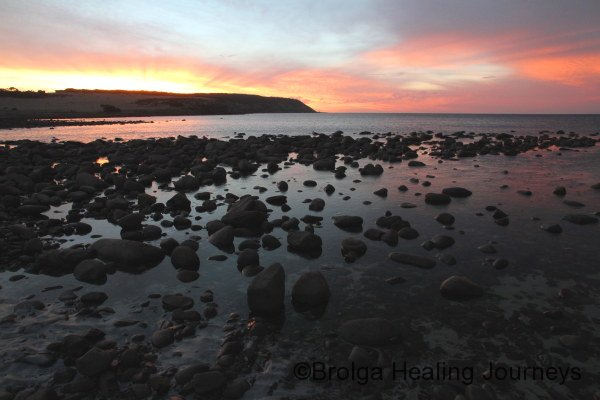
Well, we made it back to Kangaroo Island. Our first visit to Kangaroo Island, in 2011, was all too brief and had left us longing for more, and after several memorable months on some of the AWC’s inland sanctuaries, we thought some quality time on the coast was in order…and surely there’s no more beautiful coastline than KI’s.
On this occasion we spent five weeks on the island, long enough to revisit places we loved during our first visit, explore many of the areas we missed out on the first time around, and even buy some real estate (more about that later).
Our ferry trip across the Backstairs Passage to the island was a trifle interesting, to say the least. When the ferry captain announced at the start of the journey that “it shouldn’t be too rough…. for those of us with sea-legs, for the rest of you, good luck” I had a horrible sinking feeling. Well, we survived, admittedly a little greener around the gills for the experience. Even ‘cast iron Nirbeeja’ was feeling a little quiet by the time we arrived in Penneshaw.
A word of advice: if you are travelling to KI by ferry, enquire about any special deals. We were lucky – we had a helpful lady book us on the ferry and she brought the special deal to our attention – by opting to stay one night at a campground associated with Sealink, we saved around $150 on our fare compared with our previous trip. It was still expensive, but not obscenely so this time around.
After a quiet night in Penneshaw, we drove around to Kingscote to stock up before we headed bush. Kingscote is the ‘big smoke’ on KI. It has surprisingly good services for a town with a population of only around 1400, and has none of the hustle and bustle of larger (mainland) towns. No fast food chains, no shopping malls, no traffic lights, no hurry or stress really. It also has lovely coastal scenery and plenty of wildlife.
CAPE GANTHEAUME WILDERNESS PROTECTION AREA
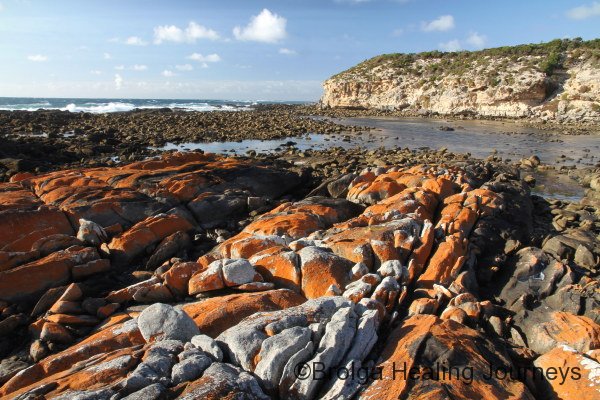
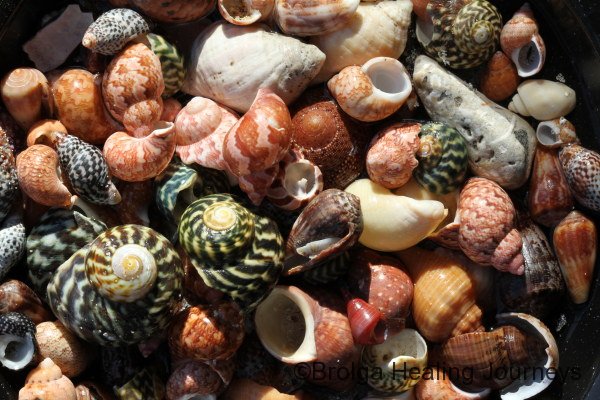
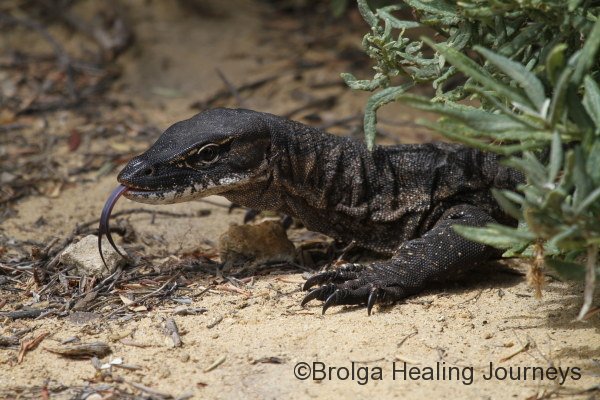
From Kingscote we headed to the wild south coast of KI for our first bit of camping, staying for a number of nights in the Cape Gantheaume Wildnerness Protection area, on the shores of D’Estrees Bay (don’t ask me to pronounce either name). The campsite was basic – actually, it was literally just a place to camp – though we did have a lovely outlook, nestled beside a large sandhill covered in thick coastal vegetation. Our selection of the most sheltered site proved quite fortuitous, because when the Southern Ocean unleashed her fury for a couple of days we were relatively protected, unlike some of the other camping sites in the area which, I’m certain, had uninterrupted views all the way to Antarctica.
Aside from the wild weather, we were blessed with some idyllic conditions, allowing us to explore the rugged coastline and do some serious wildlife spotting. There is plenty of birdlife around the coast of KI, and D’Estrees Bay proved no exception, including a number of Hooded Plovers (an endangered species), and the Ruddy Turnstone – a new species for us.
MURRAY LAGOON
Our next campsite was a novelty for us on Kangaroo Island – it was inland. KI has a number of inland lagoons, and Murray Lagoon is its largest. We camped nearby for several days. The weather wasn’t great, either raining or overcast for most of our stay, but the beauty of the lagoon and its abundant bird-life more than made up for it. We saw hundreds of Black Swans on the tranquil waters of the lagoon, and huge flocks of Banded Stilts.
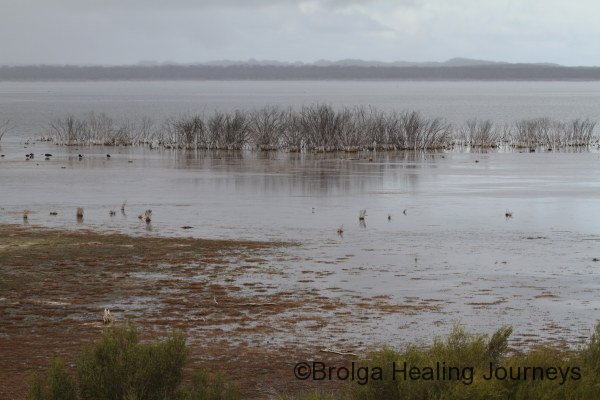
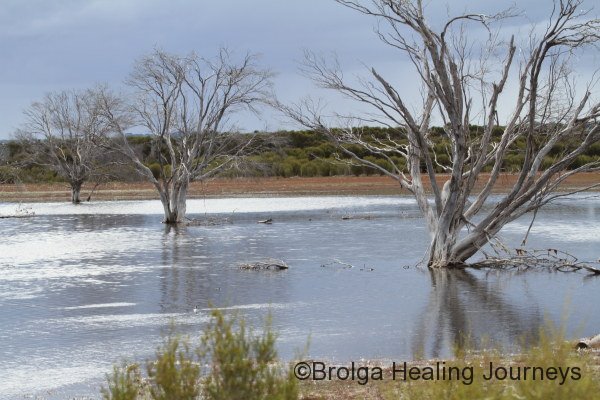
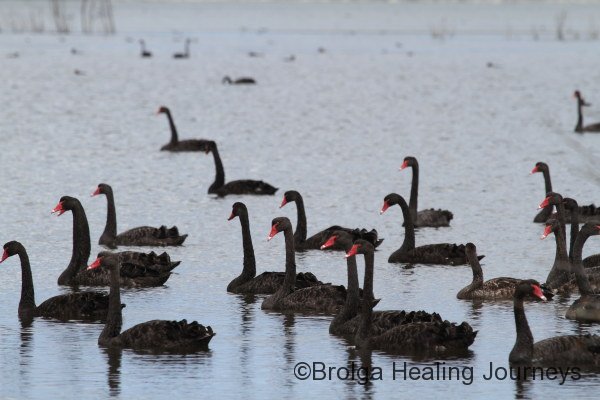
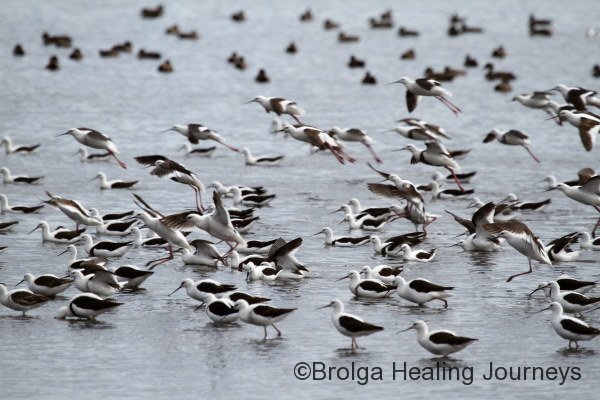

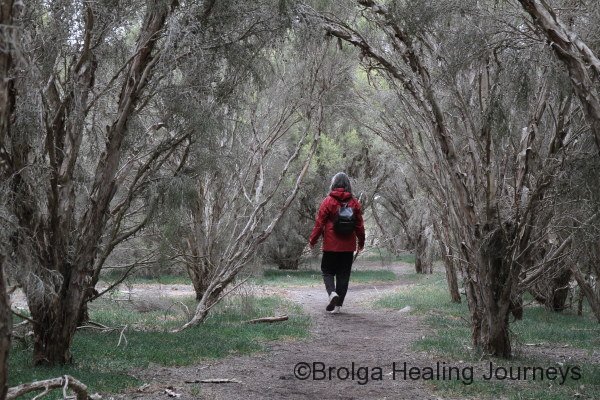
SEAL BAY & RAPTOR DOMAIN
From Murray Lagoon we headed southwest across the island. We visited Seal Bay, a place famous for allowing visitors close encounters with Australian Sea-lions. We loved our visit last year, and had an equally enjoyable experience this time round, watching enthralled as the Sea-lions did all the things that Sea-lions do, including their apparently effortless wave-surfing as they returned exhausted to shore after many days at sea. In the interests of visitor and Sea-lion safety, the encounters with Sea-lions are supervised by a ranger, for although the Sea-lions appear huge and sluggish on land, they can out-run a human over short distances.

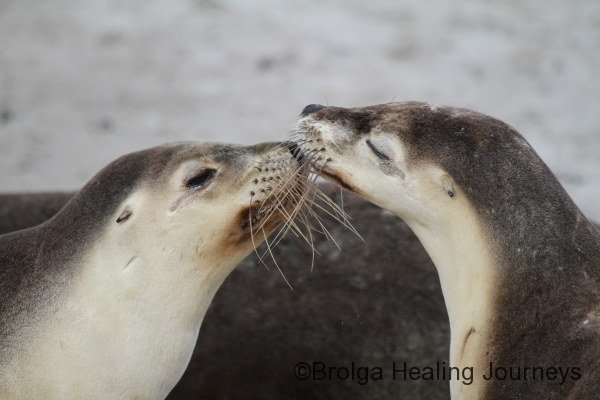
Next stop – Raptor Domain – a bird park with a brilliant show featuring some trained native raptors (birds of prey). It was a great show, made all the better when we discovered that one of the bird handlers, Nina, had been a fellow volunteer during one of our wildlife surveys with the AWC. Small world!
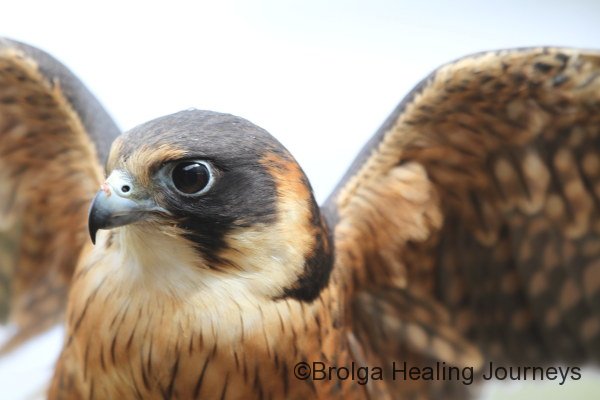
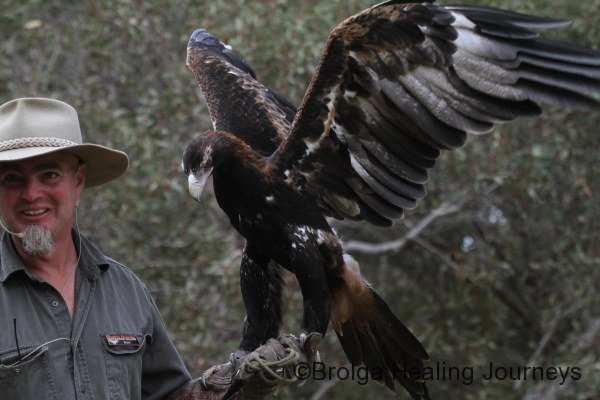
VIVONNE BAY
Continuing along the southern coast of KI, we next stayed at the Vivonne Bay campground, which we used as our base for the next couple of weeks. This council-run campground had recently been given an upgrade and during our stay boasted powered sites for $10 per night, surely the best value in Australia. (Sadly, the price has since risen to $25 per night, still good value, but not the astounding bargain it was.)
A university study some years ago rated Vivonne Bay as Australia’s Best Beach, on the basis of a range of selection criteria. We can’t say it’s the best beach we have ever been to, nor the most beautiful, but it really is a special place. It features a long, pristine beach, often with a view of row after row of perfect waves rolling in. The shoreline is a haven for beachcombers, with a mindboggling array of seaweeds and shells to rekindle one’s inner child. There is also plenty of wildlife – the occasional pod of Dolphins swim by, good numbers of Hooded Plovers call it home and large numbers of other sea-birds come and go. Considering its location on the island’s south, the shore of Vivonne Bay is reasonably sheltered, but nearby Point Ellen bears the full brunt of the Southern Ocean’s enormous waves, some of which were visible to us several kilometres away.
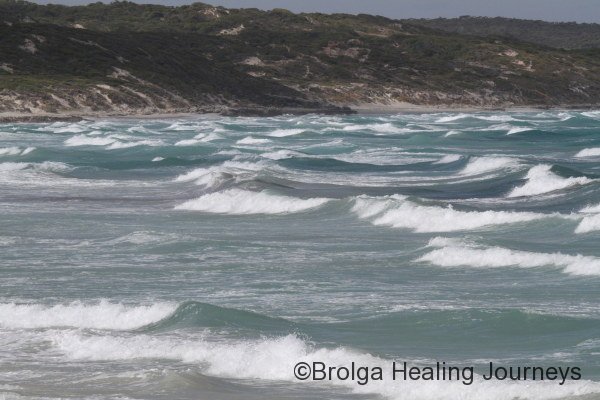
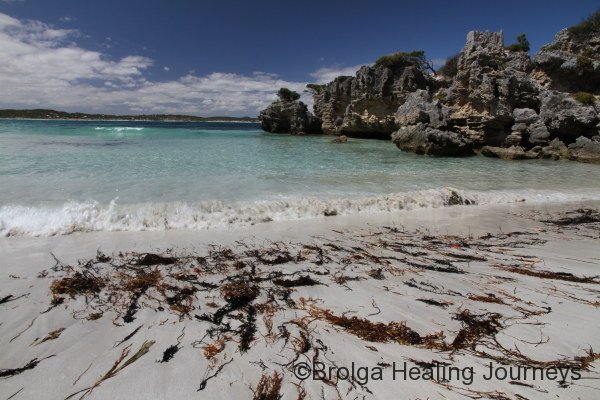
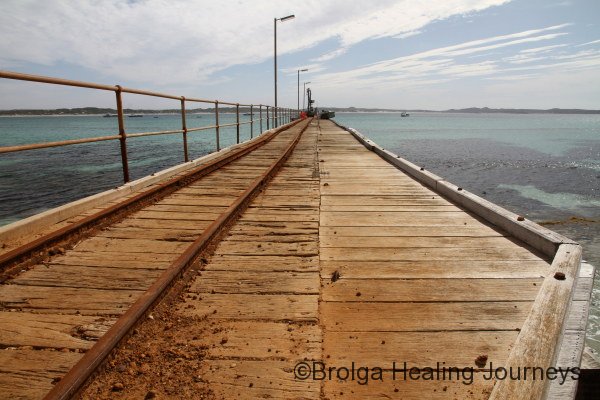
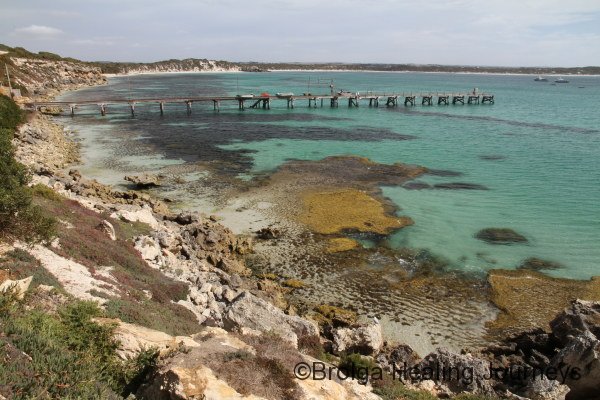

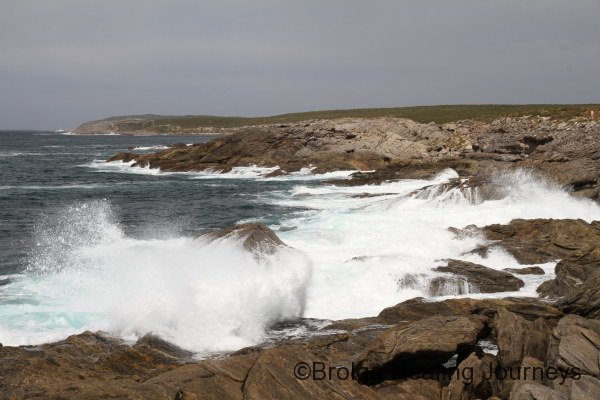
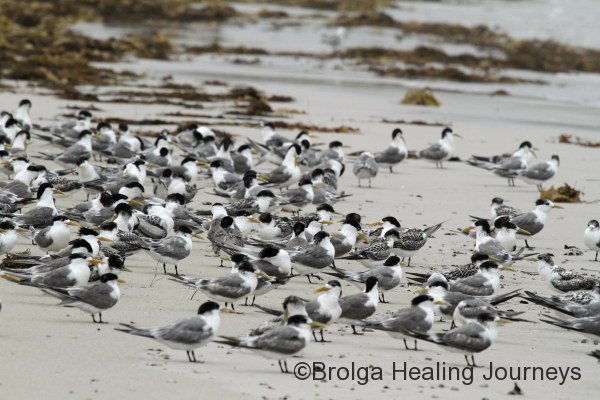
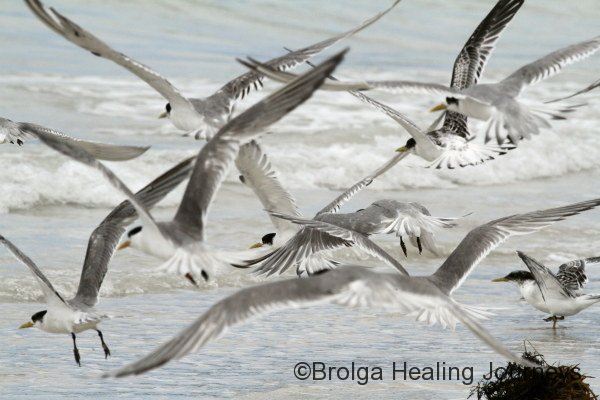
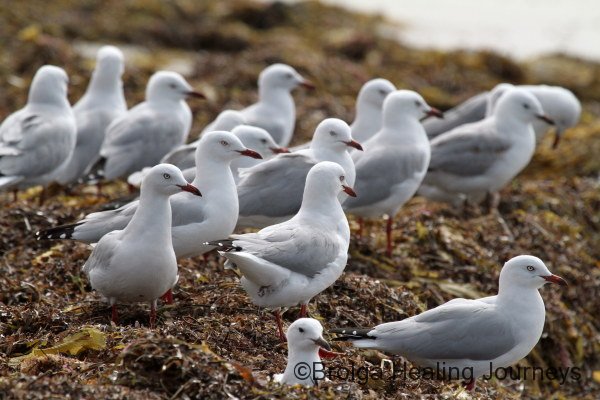
Camping at Vivonne Bay had another special attraction – its resident Koala, who has made his home in some eucalypts in the centre of the small campground. Most of the time he sleeps in a tree, wedged safely between a couple of limbs, but occasionally bursts into action and moves around the tree to feed. This little fellow is surely one of the most photographed wild Koalas in the whole of Australia, because every new set of campers would capture their set of shots. A couple of mornings we woke to discover a second Koala perched in the tree; he would hang around for a couple of nights, squabble with the long-term resident, then disappear again into the bush.
Believe it or not, Koalas are a controversial topic on Kangaroo Island. Although they are present in the island’s fossil record, they were not living on KI at the time of white settlement, but were later re-introduced from the mainland. KI was very much to their liking and their numbers boomed, to the point where they became a pest. There are some ecologists who believe they should be removed from KI and for a while this attitude held sway, and Koalas were culled. Following an international outcry, the culling stopped and sterilization has been used instead; a method with a similar long-term outcome without the headlines. There is so much wilderness on KI, I believe the Koalas are there to stay. And my opinion, for what it is worth, is that the population on KI could prove vital to the long term survival of the species, given the widespread disease and habitat loss now afflicting the mainland populations.
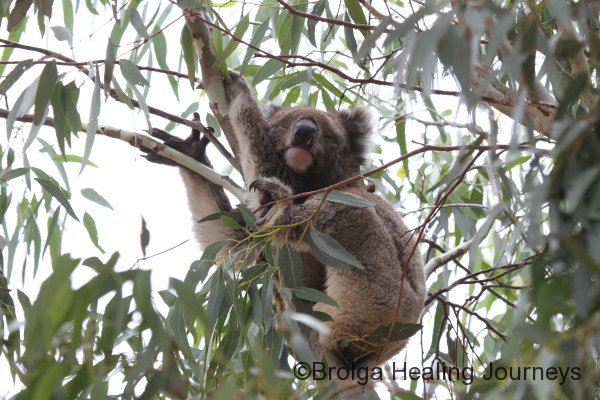
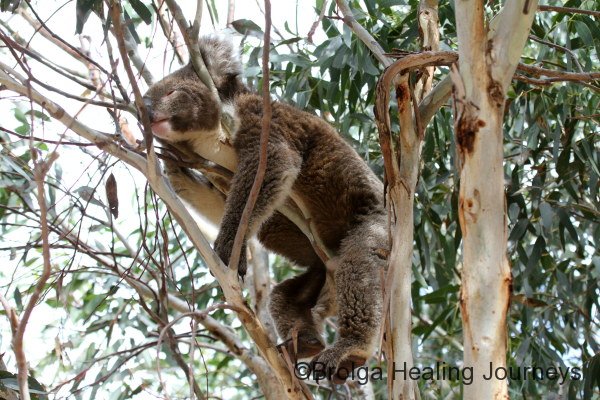
THE NORTH COAST
From Vivonne Bay, we moved north, camping at Stokes Bay and later Emu Bay. The northern side of Kangaroo Island is more sheltered, and features a succession of picturesque coves. Stokes Bay features a hidden beach, reached by walking a narrow twisting pathway through a headland of boulders. Further west we explored the small but beautiful King George Beach and gorgeous Western River Cove.
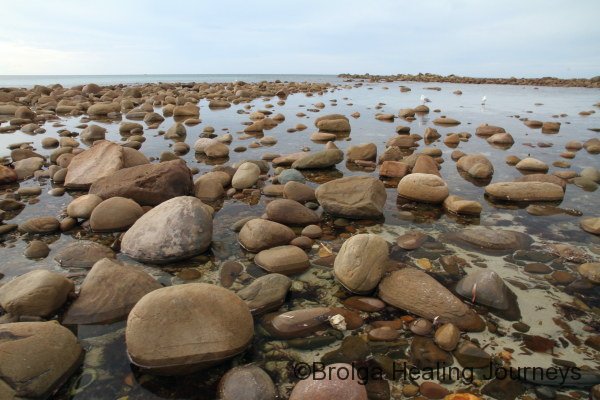
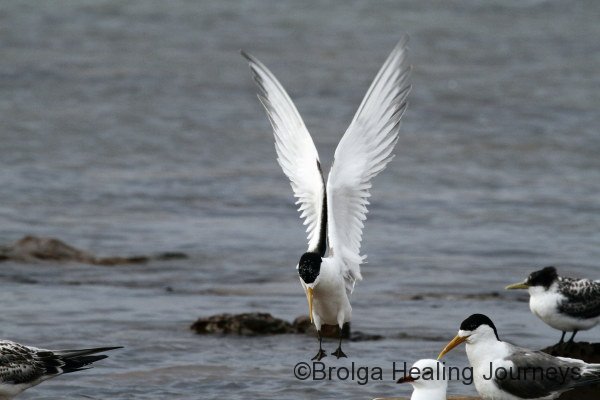
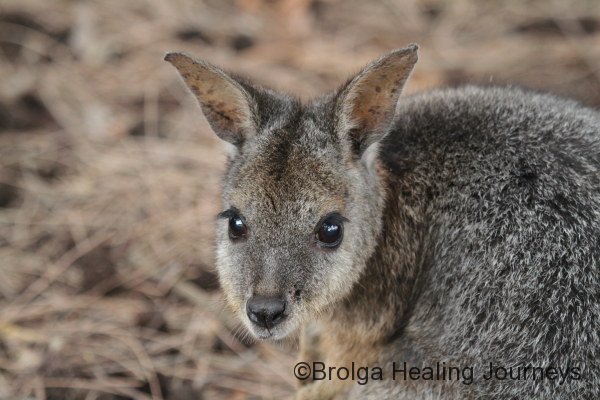
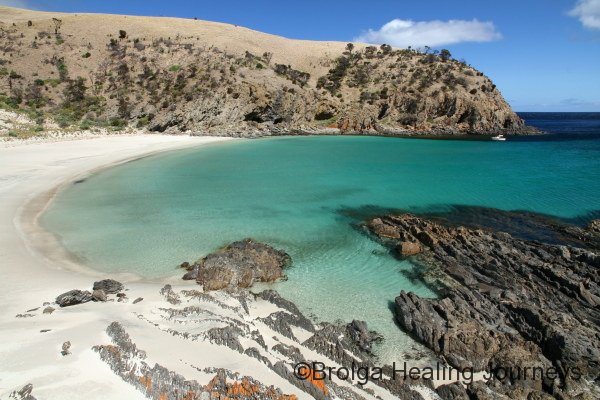
Emu Bay is the northern equivalent of Vivonne Bay, with a long pristine sandy beach. While it lacks the majestic waves of Vivonne, Emu Bay still has plenty of wildlife on offer, including a large and entertaining population of Pelicans on its jetty, and Crested Terns and Hooded Plovers on the beach. The campground at Emu Bay is near the small settlement of houses, but that doesn’t deter the wildlife. At night we watched the local Tammar Wallabies and Kangaroos in action, and listened to the calls of Southern Boobook Owls, Bush Stone Curlews and Little Penguins.

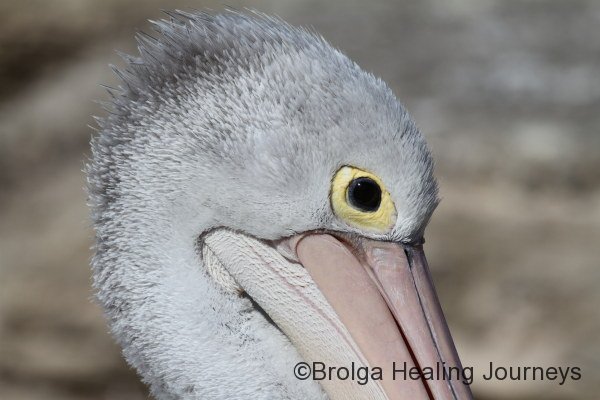
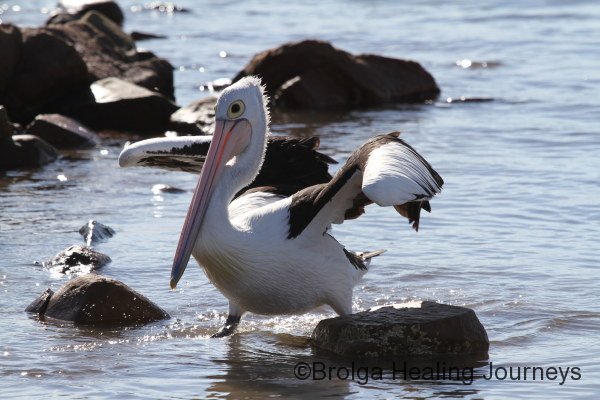
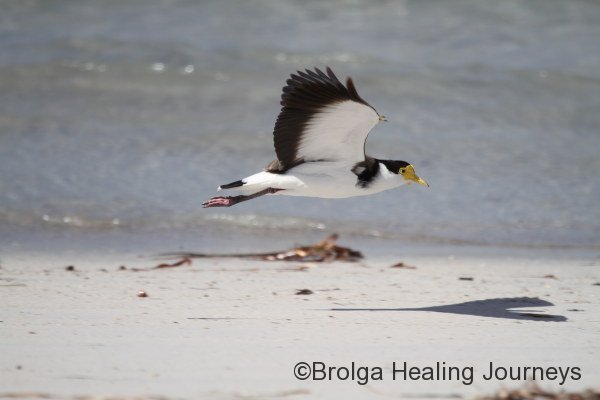
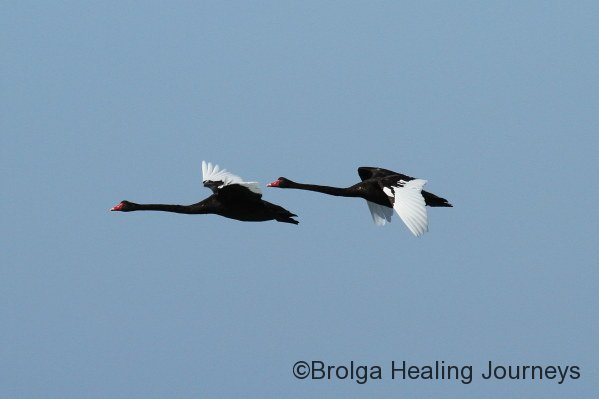
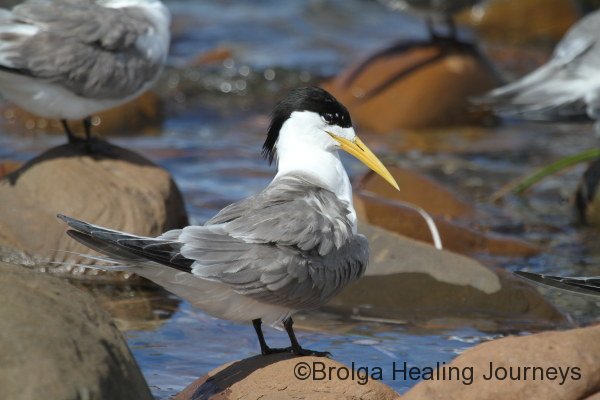
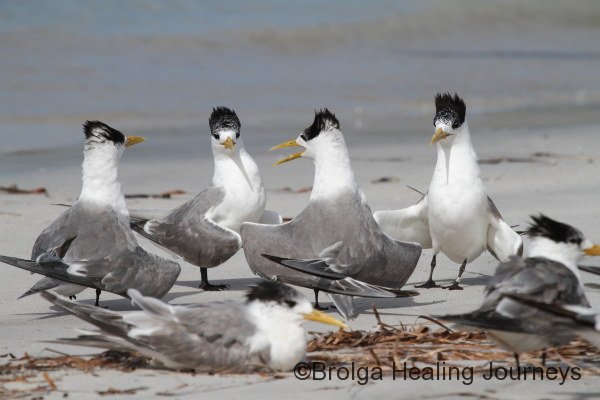

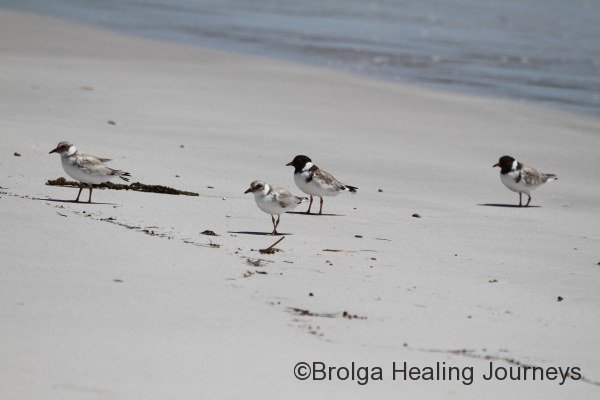
FLINDERS CHASE NATIONAL PARK
Of course, no trip to Kangaroo Island would be complete without a visit to Flinders Chase National Park. We had visited the park the first time we were on KI, but the natural attractions are so great we couldn’t help but return and were glad we did. It was interesting for us to revisit the Snake Lagoon hike, along with the major tourist attractions of Admiral’s Arch and Remarkable Rocks. While in the west we also visited Hanson Bay, which proved to be just another perfect KI beach.
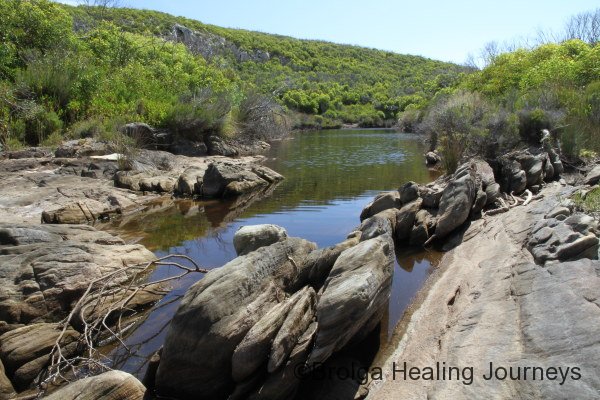
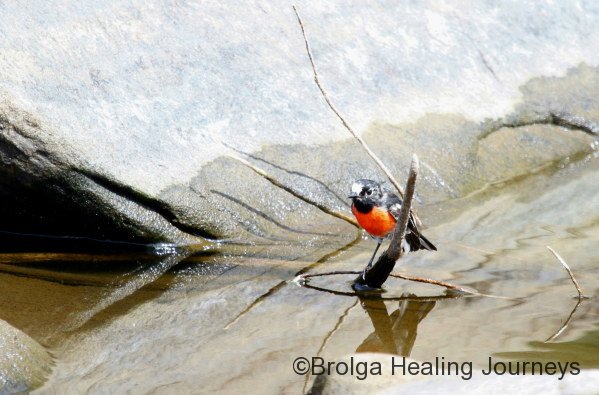
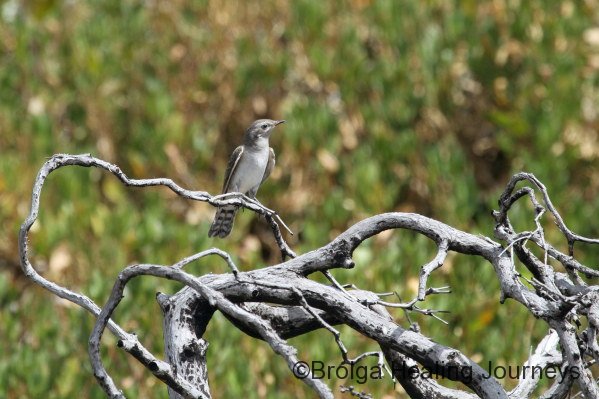
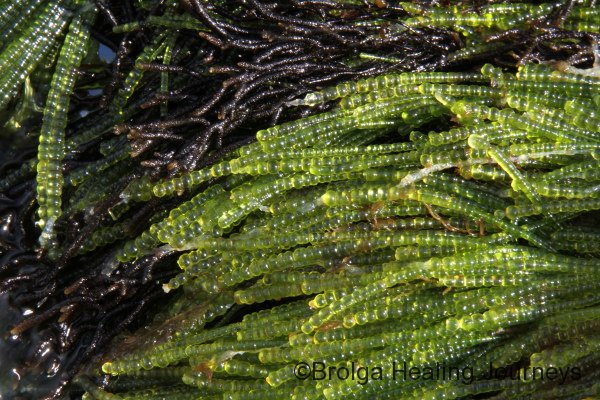

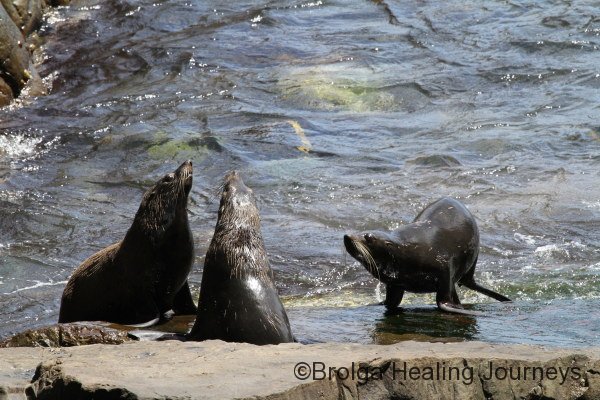
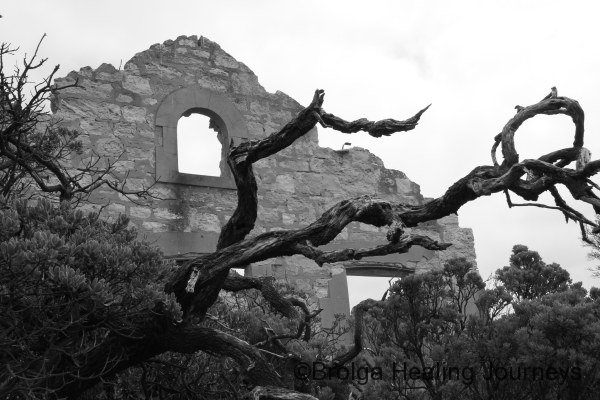
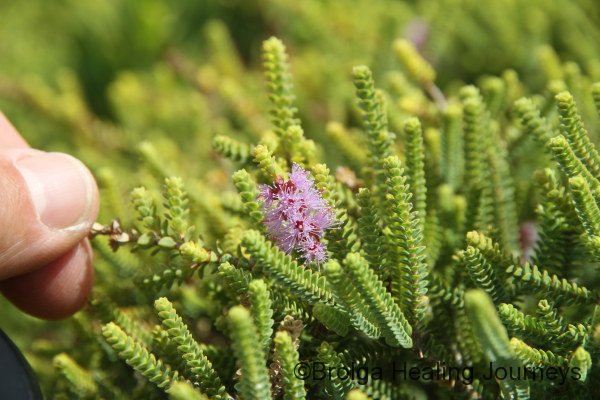
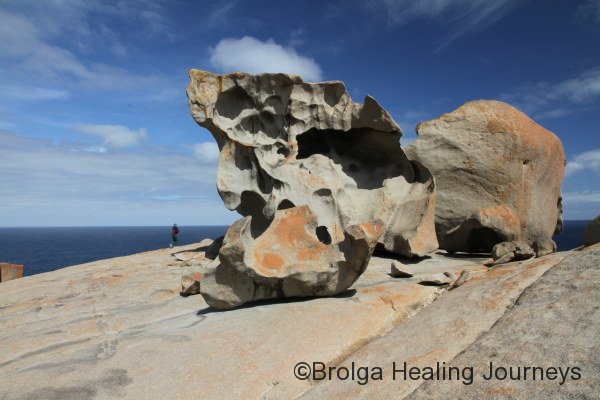
Tourism is a vital part of the Kangaroo Island economy, and the island features a number of quality boutique ventures. We did our bit for the cause, enjoying the hospitality and wares of a variety of local producers including Kangaroo Island Lavender Farm, Emu Bay Lavender, Bay of Shoals Winery, The Rookery Wines, Emu Ridge Eucalyptus Distillery, Andermel Marron & Two Wheeler Wines, Clifford’s Honey, the Island Beehive, and Kangaroo Island Fresh Seafoods. As you can see, we were quite dedicated in visiting a good range of outlets!
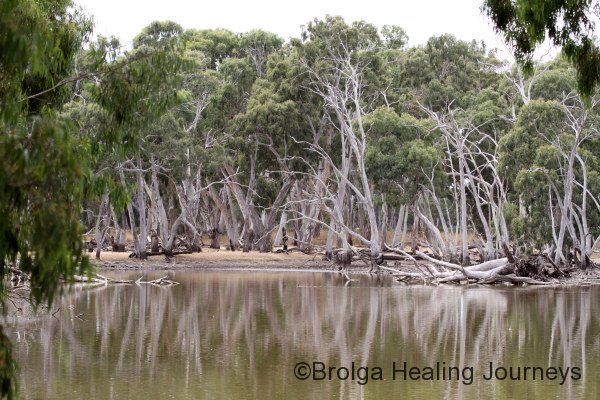
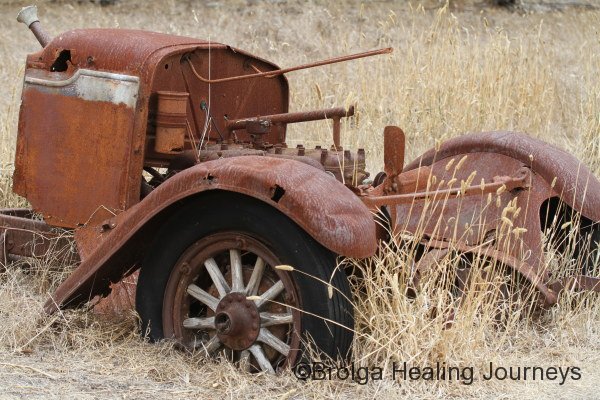
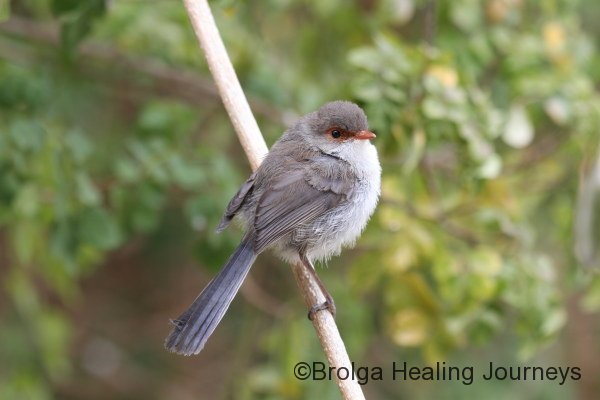
SOME REAL ESTATE NEWS
And finally…to our real estate adventures. During our first shopping trip to Kingscote, we stopped and looked at the advertisements in a real estate agent’s window, purely out of curiosity (okay, we did dream of owning some land on KI, but never expected to find something in our price-range). Lo and behold, a property jumped out at both of us! Perfect size, perfect set-up, near perfect price. We left the town without doing anything about it, but couldn’t stop thinking – was this “the place”? So we contacted the agent, visited the property (“love at first sight” for both of us), visited again (even more in love), put in an offer, negotiated, agreed, bought. As many of you would know, we subsequently returned to Canberra to sell our home. We reckon the swap from Canberra to the wilderness of KI was a brilliant move on our part. Many months down the track, we are living in our new Kangaroo Island home and loving it; but that will be the subject of a later post.
Peter
June 2012
